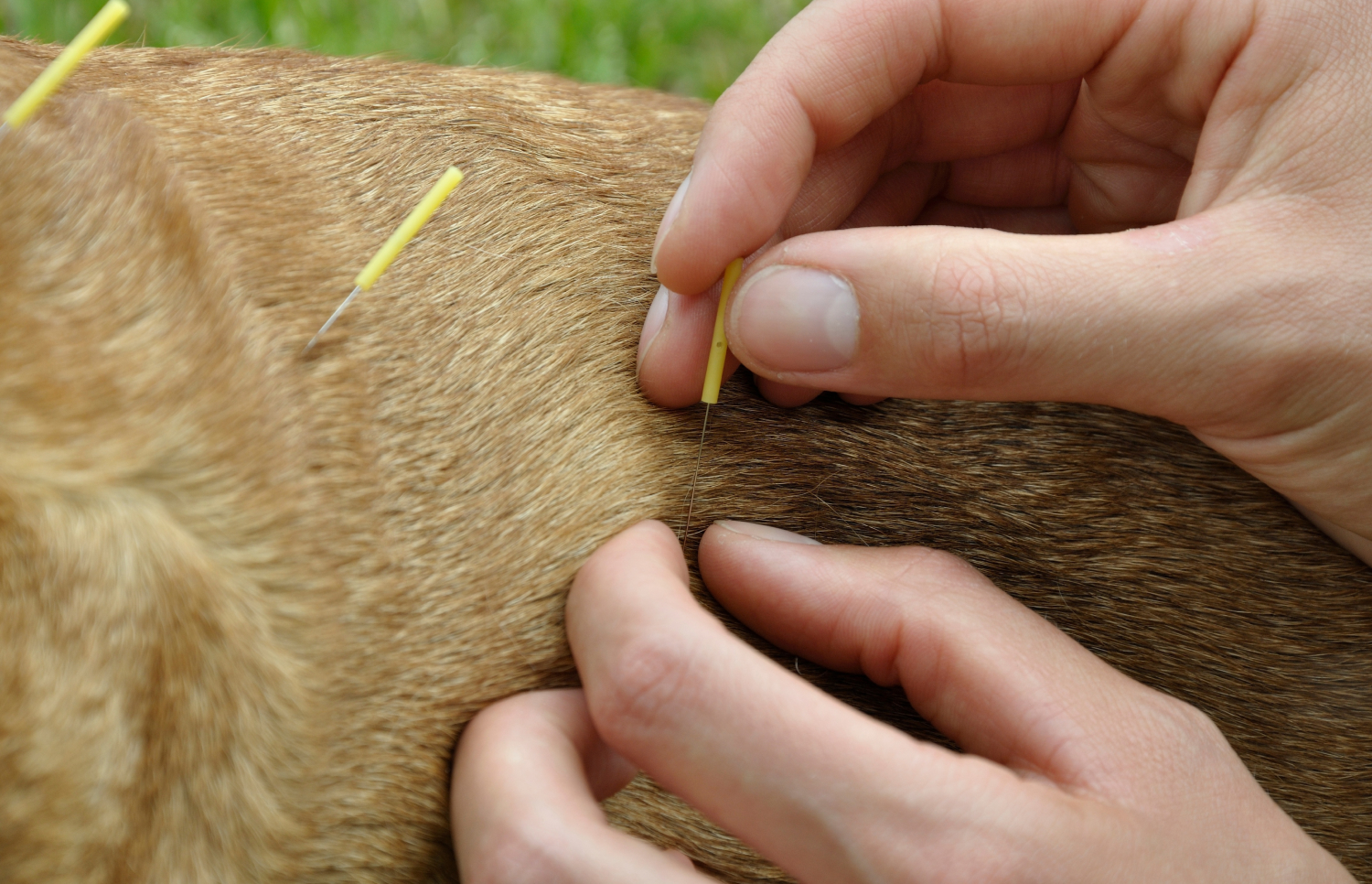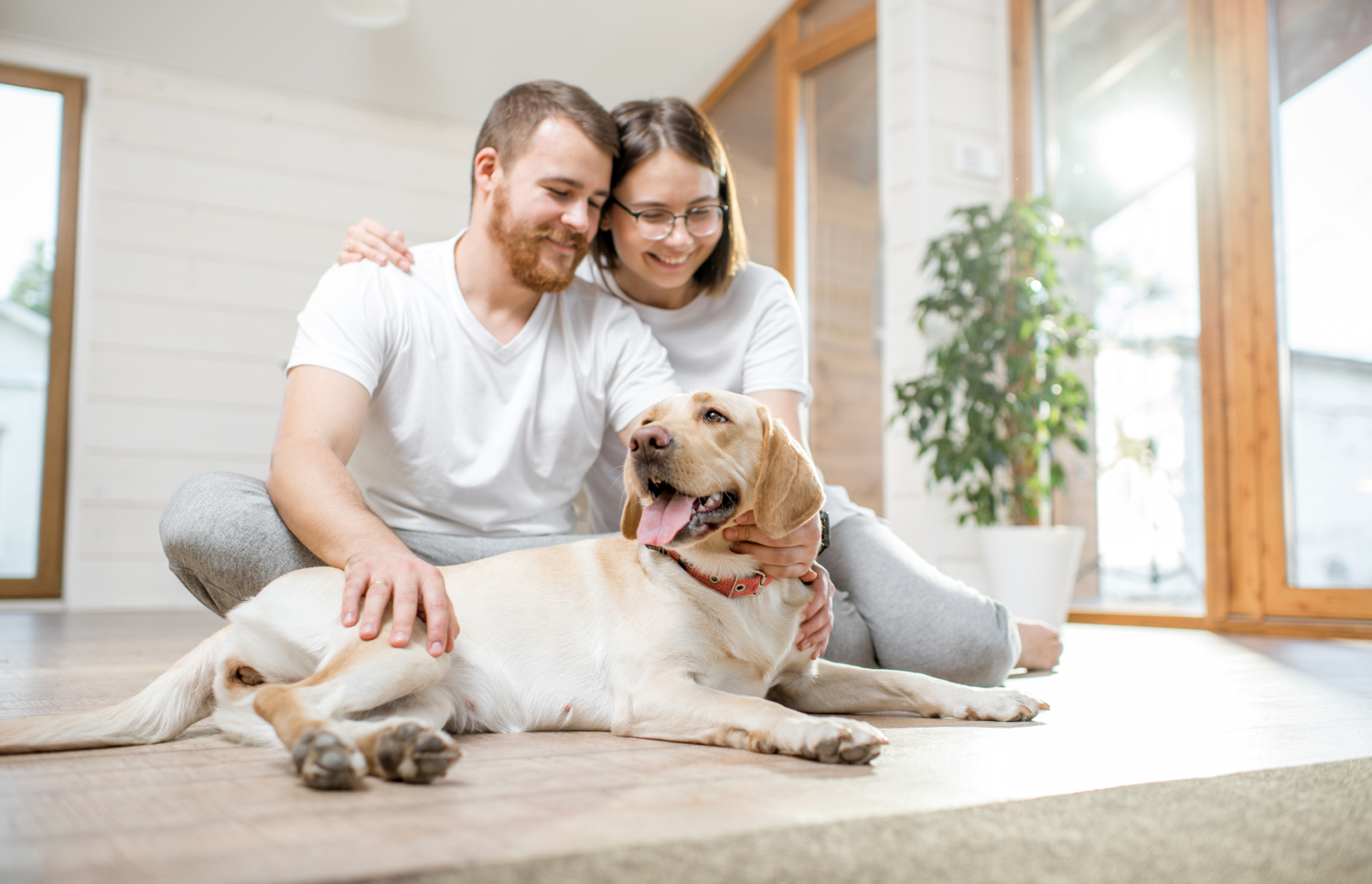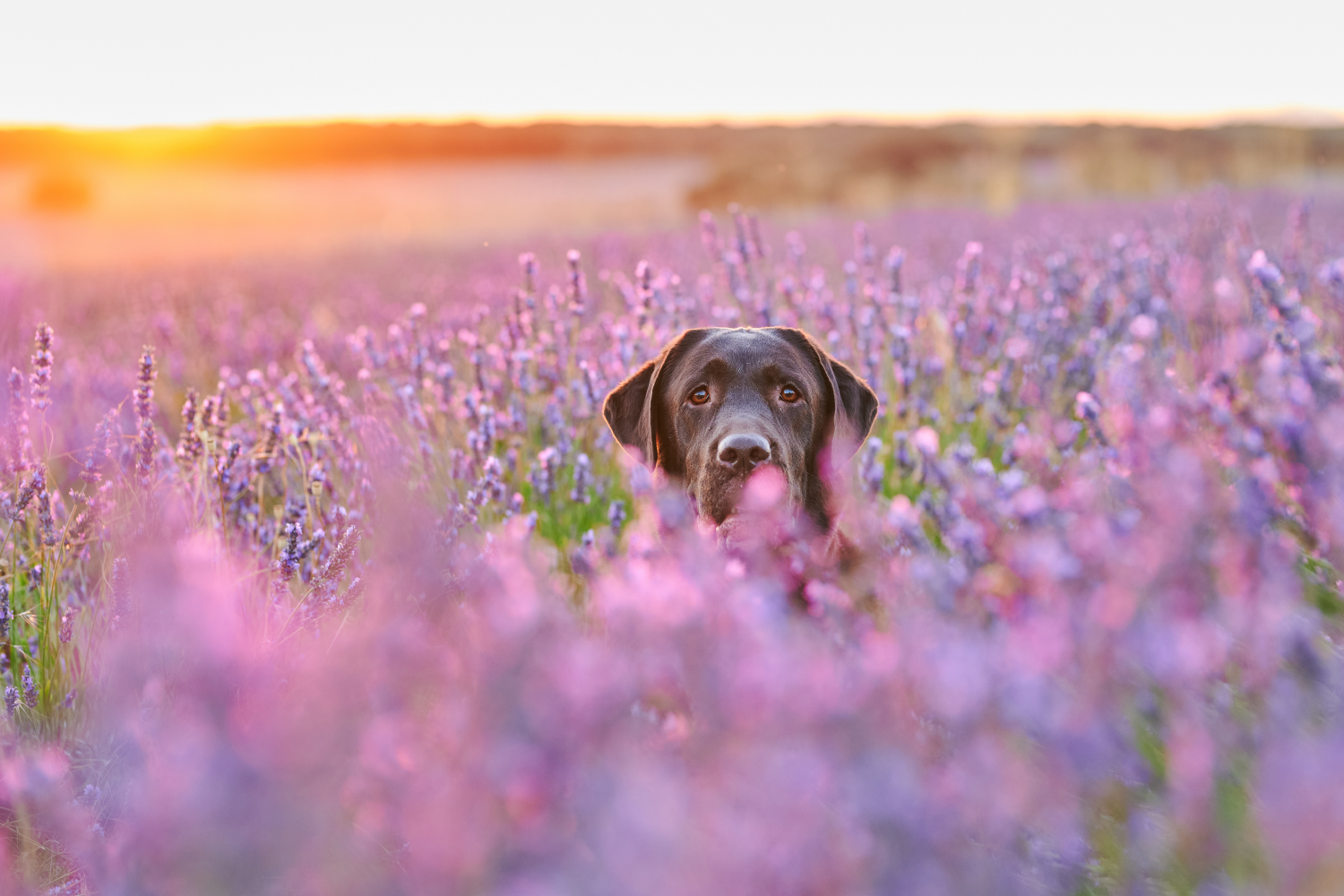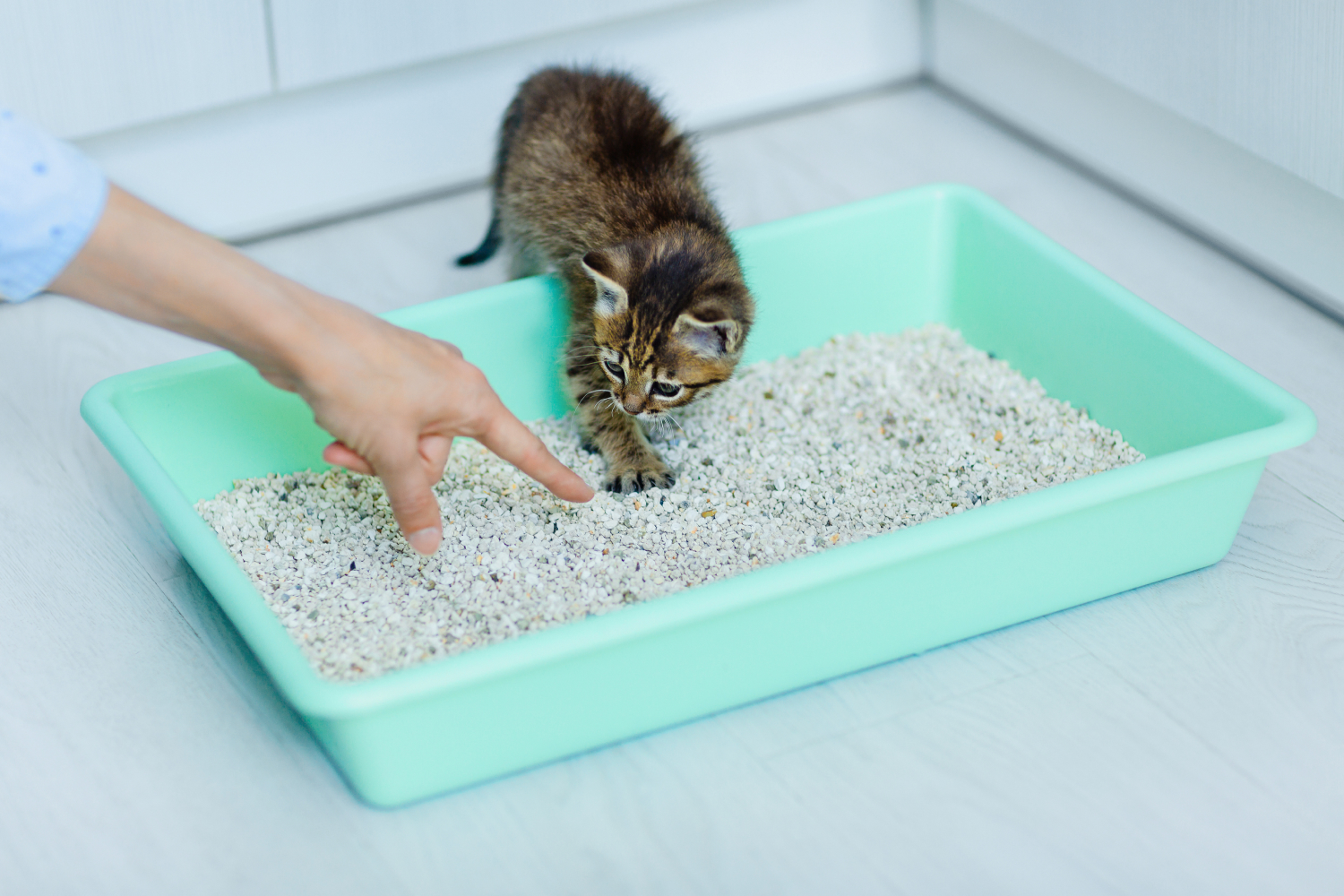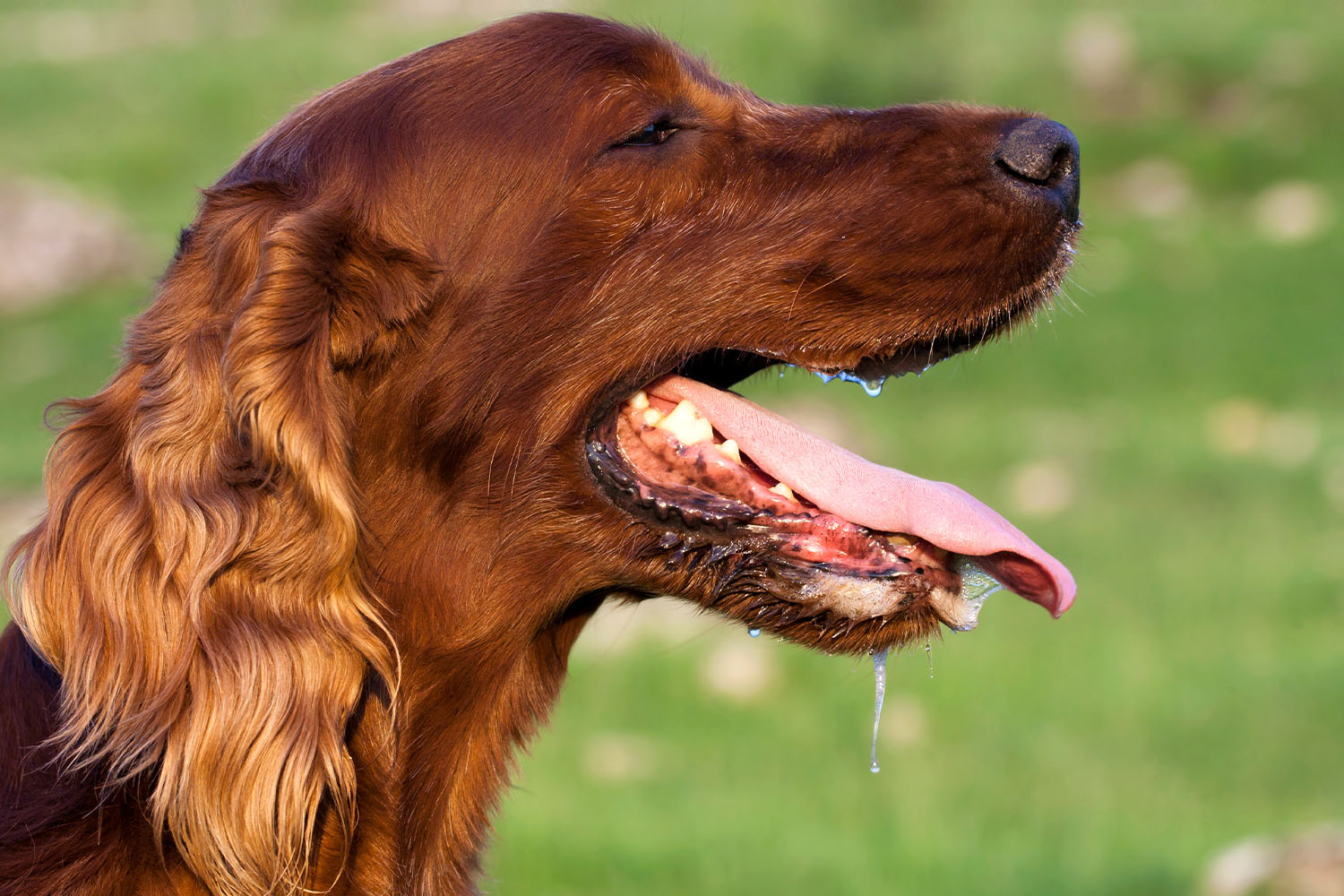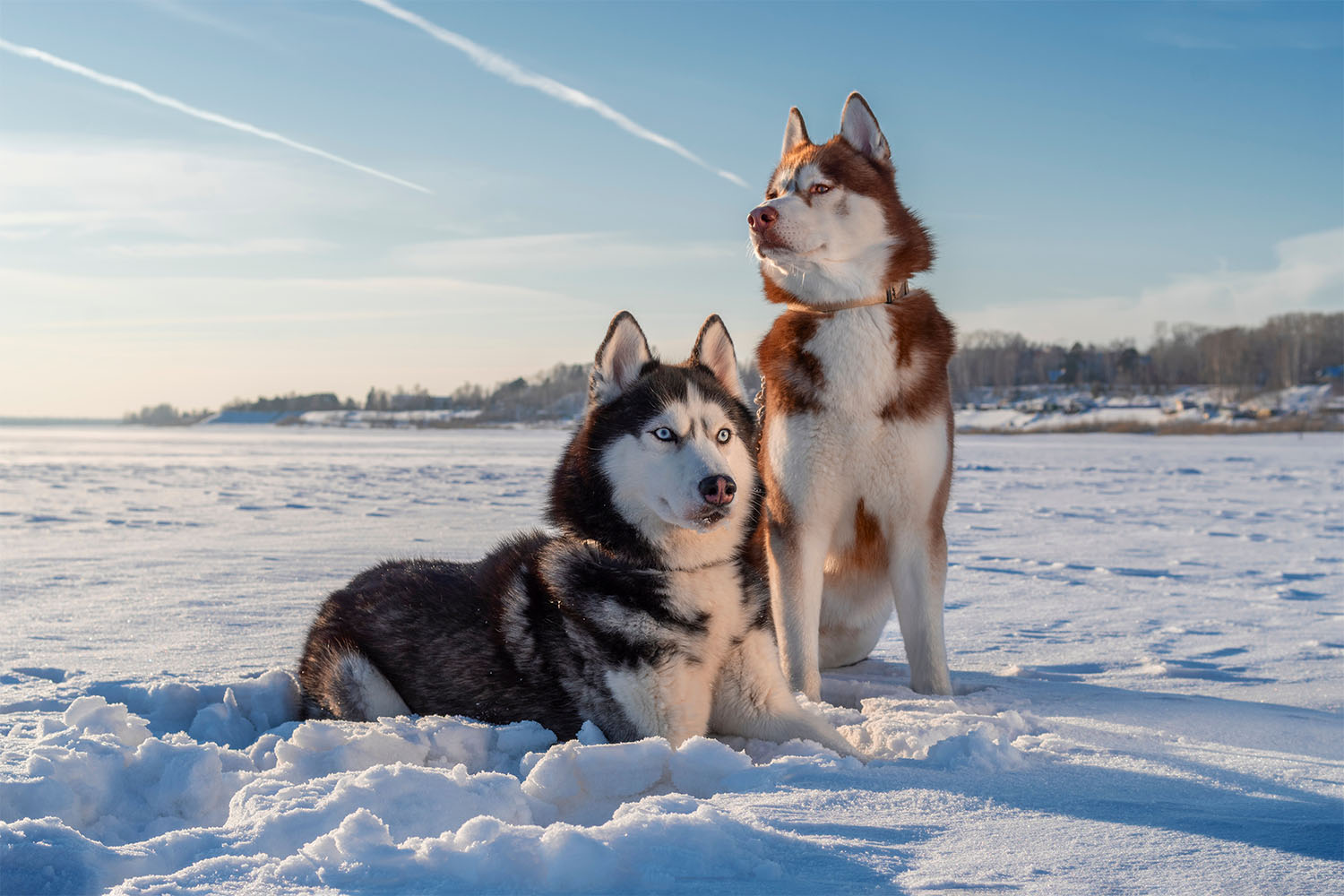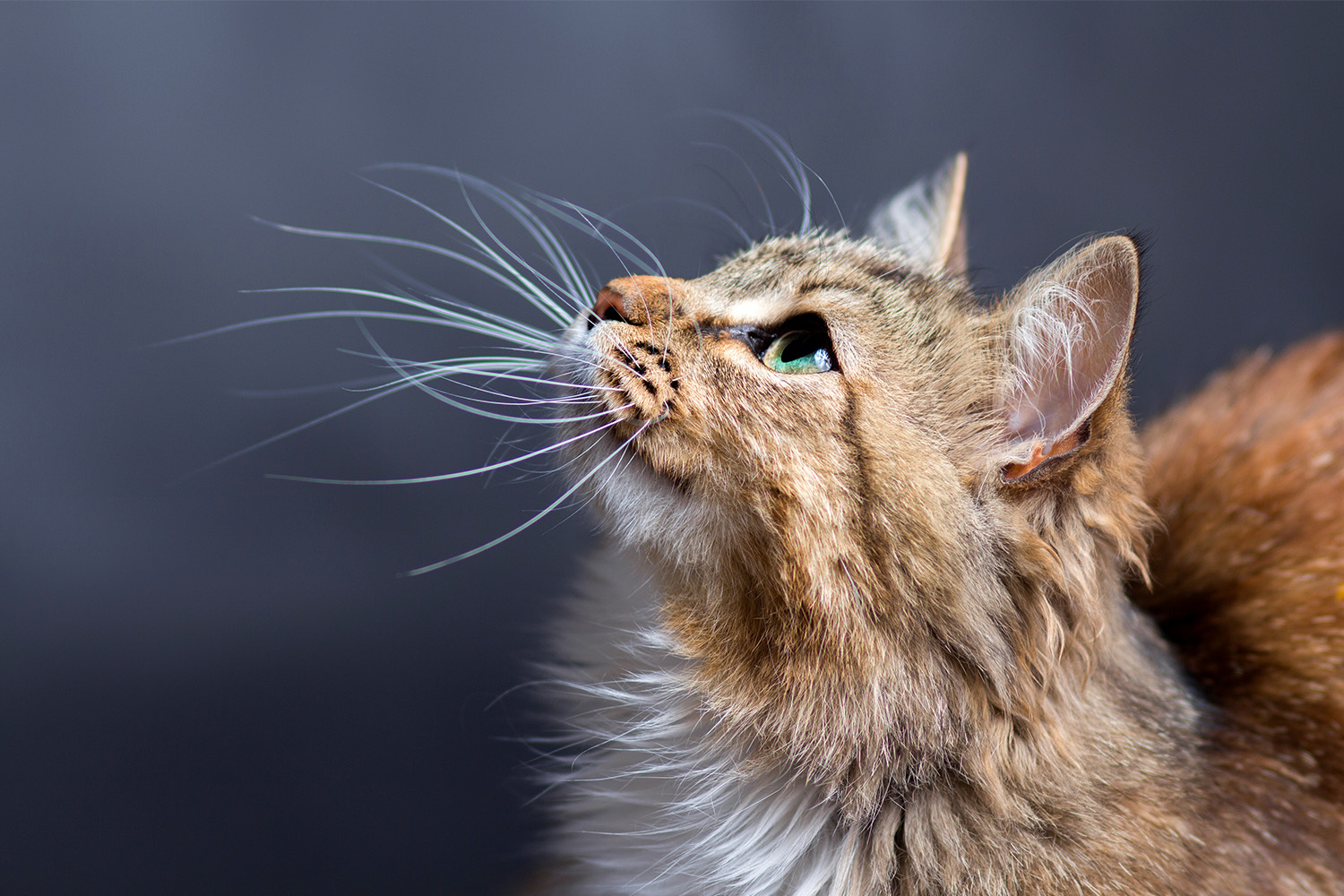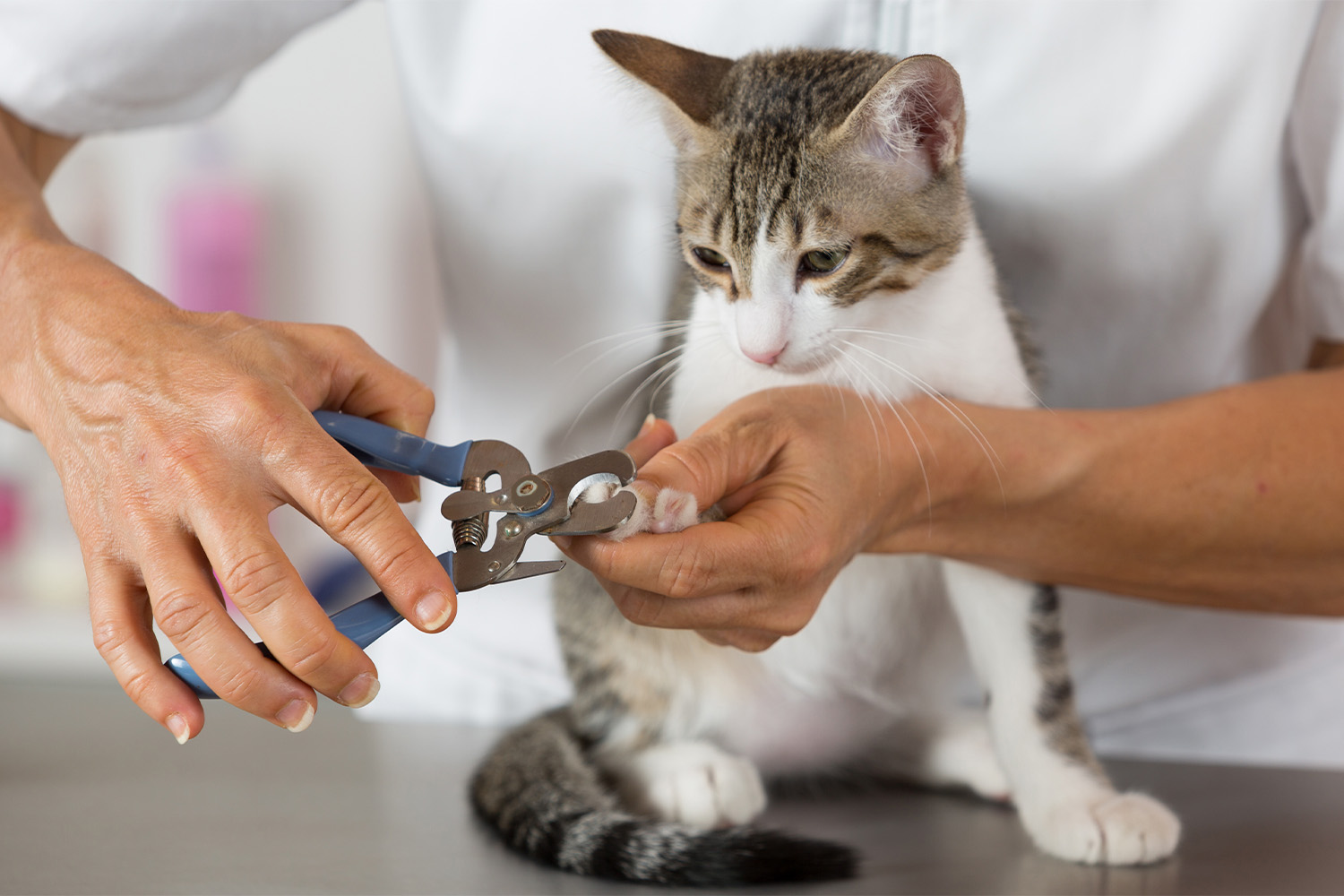What’s better than one puppy? Two puppies! Twice the paws, twice the love. Raising puppies from the same litter seems like a great idea since siblings would get to grow up and play together, and they would have each other whenever you weren’t around.
However, too much of a good thing can, in reality, be a not-so-great thing. When you bring home multiple puppies from the same litter, or even puppies of the same age but from different litters, a behavioral condition called littermate syndrome can develop.
What Is Littermate Syndrome?
Littermate syndrome describes a behavioral condition when puppies of the same age bond too closely with each other, affecting how they act with other dogs and even their owners. While it will be cute to watch the two puppy siblings play, eat, and sleep together, problematic behaviors can start to develop and become more prominent as they age.
We may think of them as bonding, but this too-close relationship causes the puppies to become inseparable. This intense bond can hinder their individual growth, independence, and ability to adapt to new situations.
How Can Littermate Syndrome Affect Puppies?
Littermates can become socially dependent on each other, and this can cause them to not interact adequately with other dogs and humans. This can cause them to experience fear and anxiety when exposed to other dogs and unfamiliar people.
If littermates are separated after they have bonded, they can experience severe separation anxiety. This can lead to destructive behaviors, excessive barking, and emotional distress. Dogs with littermate syndrome can develop aggression towards each other, resulting in fighting.
When it comes to training, littermates may have difficulty focusing on training exercises as their attention will be focused on each other rather than the task at hand. This can also affect their independence, as they may struggle with individual problem-solving skills when faced with new experiences or environments, as they will always look to their littermate to see how they are reacting.
Managing Littermate Syndrome
Littermate syndrome can be avoided by not raising two dogs from the same litter in the same space. If you desire two dogs from the same litter, try socializing and raising one in a separate residence for a few months.
This will ensure that both dogs are socialized properly and will reduce the likelihood of behaviors like separation anxiety occurring. After six or so months, you can bring the two dogs back together again.
If you already have two littermates at home, you’ll need proper management to help littermates grow into well-adjusted and independent dogs. The overarching goal is for each puppy to be independent and functioning without their sibling. Read on for some effective strategies to handle littermate syndrome.
Separate Crates and Individual Feeding Areas
Crate training is effective for puppies, especially when you have multiple in the home. Dogs have the natural instinct to take refuge in quiet places, and a crate provides them with that den-like space to give them a cozy place to wind down.
With littermates, crate training each puppy separately can help them feel secure and provide them with a designated space of their own. This promotes independence and reduces over-reliance on their siblings.
Don’t allow your puppies to crate together. If your puppies have been crating together, procure a separate crate as soon as possible. Put the crates side by side and gradually move them apart. It may be helpful to also cover each crate with a towel or blanket to help with the separation.
The goal is for your pup’s crates to be in separate rooms or at least far enough apart so they cannot see each other while in their crate. While in their crates, provide interactive toys and puzzles that can help distract them and make the separation more enjoyable.
Create separate feeding areas for each puppy. This will help to prevent territorial aggressiveness and resource guarding. Think of one puppy shoving the other puppy out of the way to eat the rest of their bowl or the two puppies trying to eat as fast as they can to get to the other puppy’s bowl.
Place each set of bowls in separate areas to ensure that each puppy will have their own space during meal times. If space is an issue, put each puppy on a slightly different feeding schedule so their meal times don’t overlap.
Individual Social Visits
Socialization is important for dogs, and it’s vital to provide individual and positive socialization opportunities for each puppy. Introduce each puppy to new dogs and people separately so they are given a chance to develop their own social skills.
Puppies should start the socialization process between three weeks and 14 weeks of age. Before a puppy is fully vaccinated, some spots (like dog parks) won’t be safe for them. Playing with a healthy and vaccinated dog or going on walks can work. Reach out to a pet care professional to see if they recommend any puppy training classes in your area.
Watch your puppy carefully and keep the sessions short and positive.
Separate Training Sessions and Attention
Promote individual learning by keeping your puppies separate during training sessions. This format will allow them to focus on the commands you are teaching them rather than paying attention to their siblings. This also gives you a chance to spend some quality one-on-one time with each puppy, developing a stronger connection with you and reducing the reliance on their sibling.
Take each puppy on separate walks, and give each separate time to cuddle and spend time with you. When you give each puppy individual attention, you are building their confidence, building your bond, and you are able to spot what makes them unique. At the same time, the other puppy learns self-reliance and independence from their littermate.
Rotating time apart helps your puppies to develop individual identities and reduces their reliance on each other. If you have other family members in the home, implement a schedule where each puppy has individual time with different members. This helps them socialize by bonding with other humans.
If you need assistance with your pet training, reach out to AskVet’s Certified Pet Coaches™.
Monitor Playtime
Playtime is important for puppies. It provides physical and mental stimulation and also helps to get all that puppy energy out. Allow your puppies to play with each other, but monitor this playtime carefully.
Introduce toys and engage them in activities that encourage independent play. This helps the puppies develop their own play styles and reduces the reliance that they have on each other for entertainment.
Be Consistent and Keep Things Positive
Managing littermate syndrome requires planning, patience, and consistency. You’ll have to establish clear rules and routines that everyone in the household agrees on. This not only helps to give your puppies structure but also helps your puppies understand expectations.
Dogs, like people, can learn how to maintain appropriate behavior in a wide variety of settings. It can be hard to stay consistent, but having two well-rounded dogs is worth the hard work.
Positivity works wonders for humans and dogs too! When your puppies receive praise and treats, they will continue exhibiting the behaviors that keep the rewards coming. This means their favorite treats when they behave or fun activities when they have alone time. By rewarding your puppies’ accomplishments, you reinforce their continued growth.
Two Puppies – One AskVet Membership
If you ever feel that you are struggling with managing littermate syndrome or you are encountering other behavioral challenges, consider seeking guidance from one of our Certified Pet Coaches™. They can provide expert guidance tailored to your specific situation and help you develop a customized training plan. Our experts can assess each puppy’s individual needs, provide specialized techniques, and offer support throughout the training process.
Scheduling a virtual session is easy. First, sign up to become a member of AskVet (if you haven’t done so already). At $9.99 per month, it’s a no-brainer, especially when you have more than one dog under the roof.
Along with our Certified Pet Lifestyle Coaches™, you also have 24/7 access to our veterinary experts in case of healthcare questions. You can even utilize our peer network, connecting you with other pet parents who may be going through the same thing. You can share experiences and gather advice from those who have gone through the same journey.

Double the Puppies, Double the Work, Double the Love
No doubt, having two puppies will make your home, hands, and heart feel full. While littermate syndrome can be a challenging task to address, consistently putting these strategies to use can help each of your puppies develop into well-rounded and independent dogs.
Remember that your key goal is to focus on individual growth and independence. With patience, effort, and lots of love, you’ll be able to raise two independent puppies and share unique and love-filled bonds with them.
Sources:
How To Crate Train Your Dog Or Puppy | American Kennel Club
Socialization of dogs and cats | American Veterinary Medical Association
Why Play? | Oak Tree Veterinary Hospital
How to Feed Multiple Pets Without Conflict | American Kennel Club


